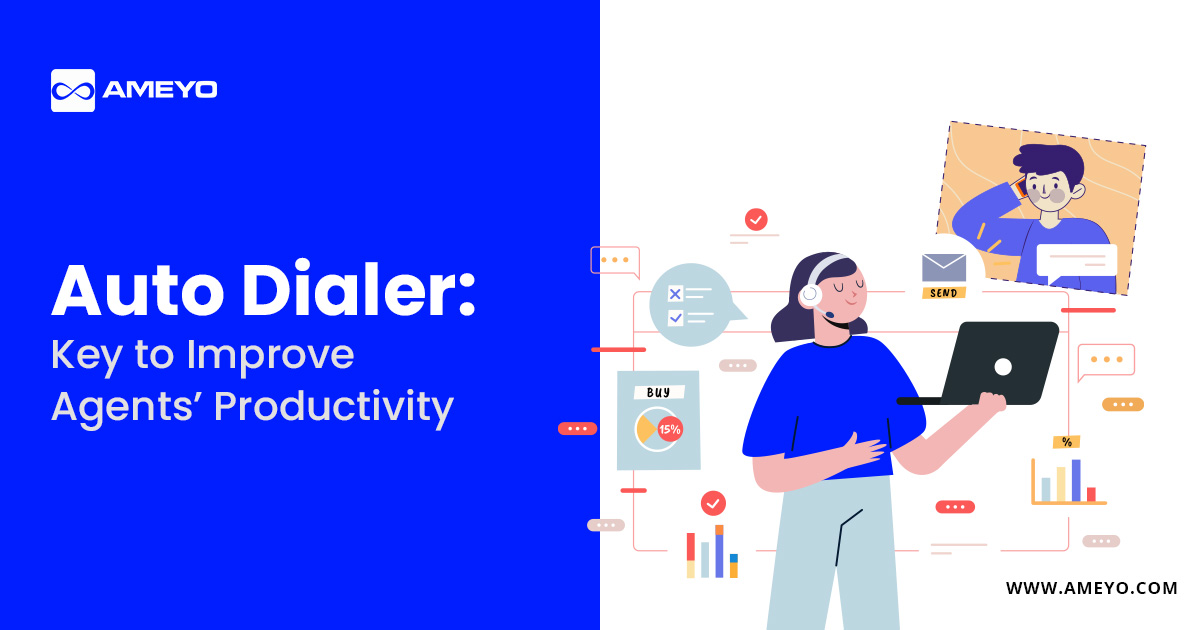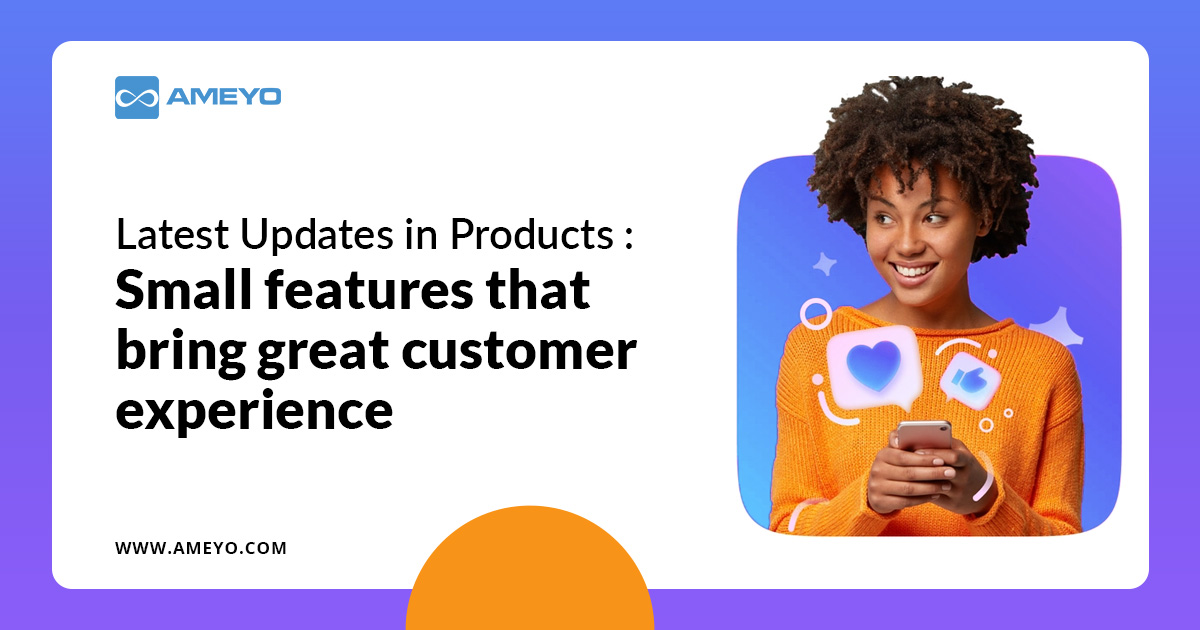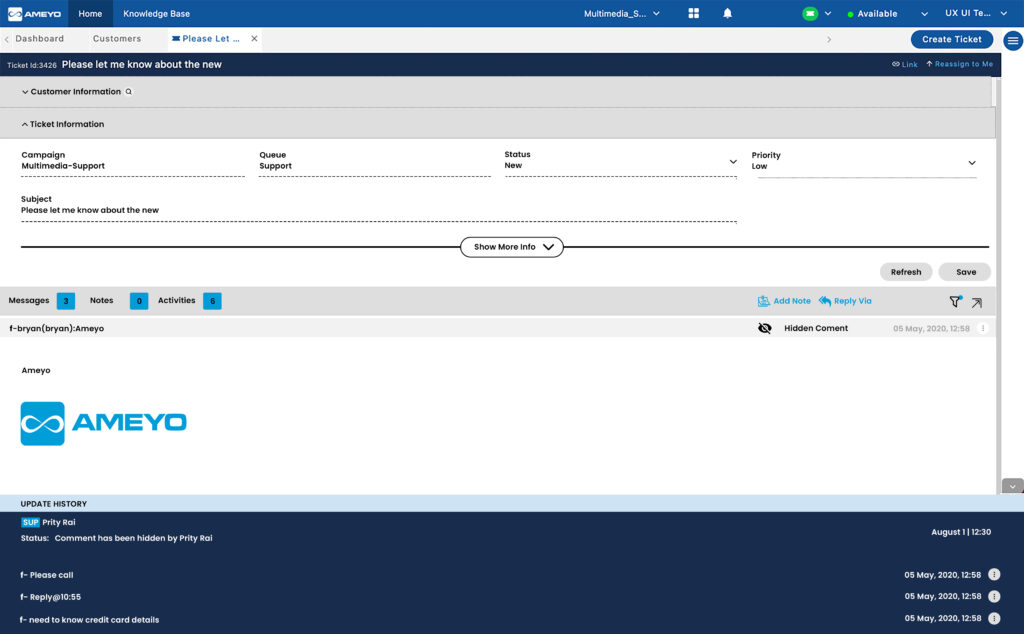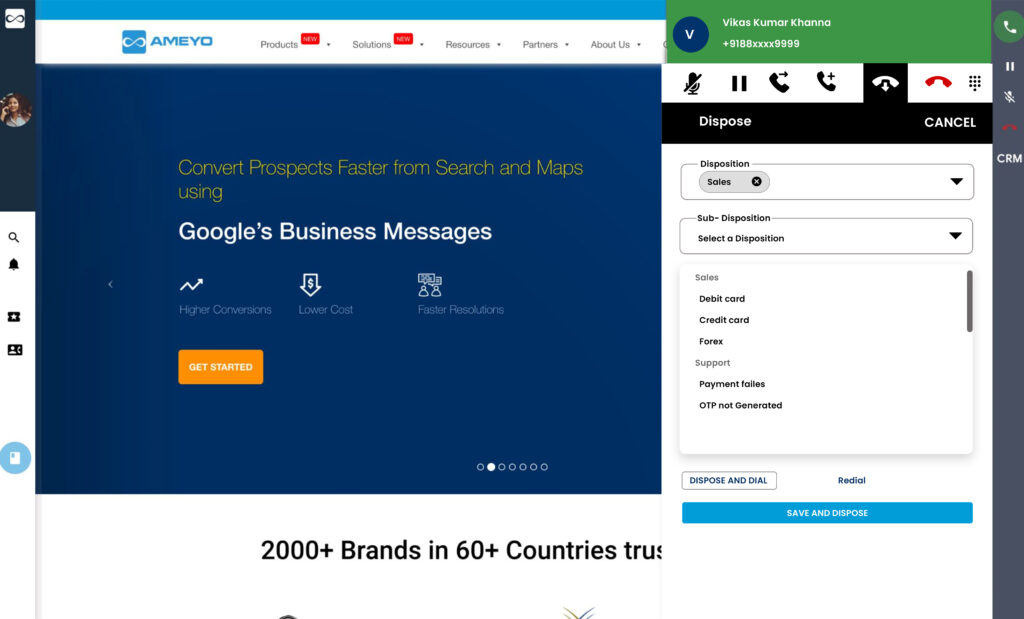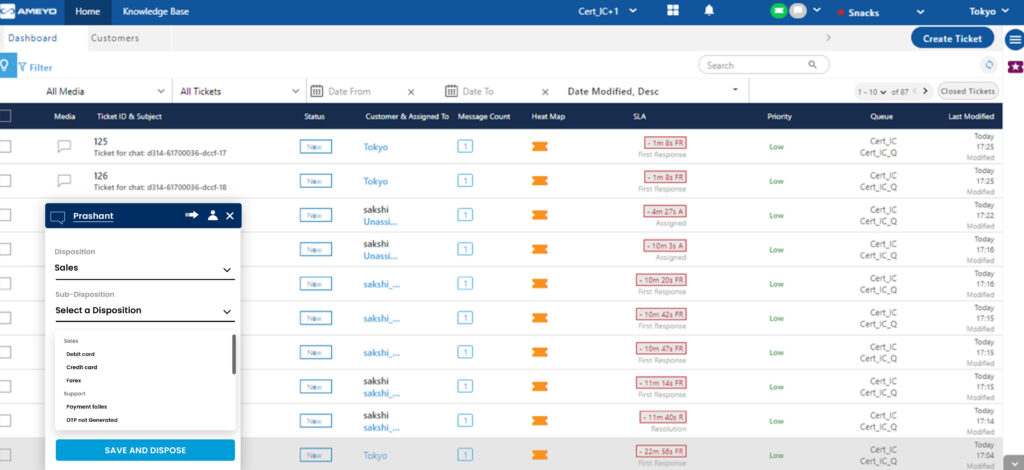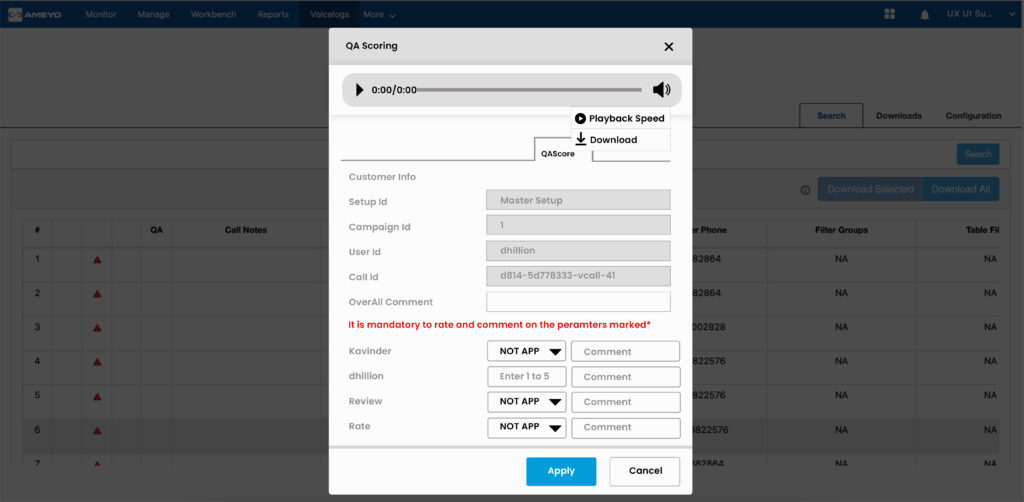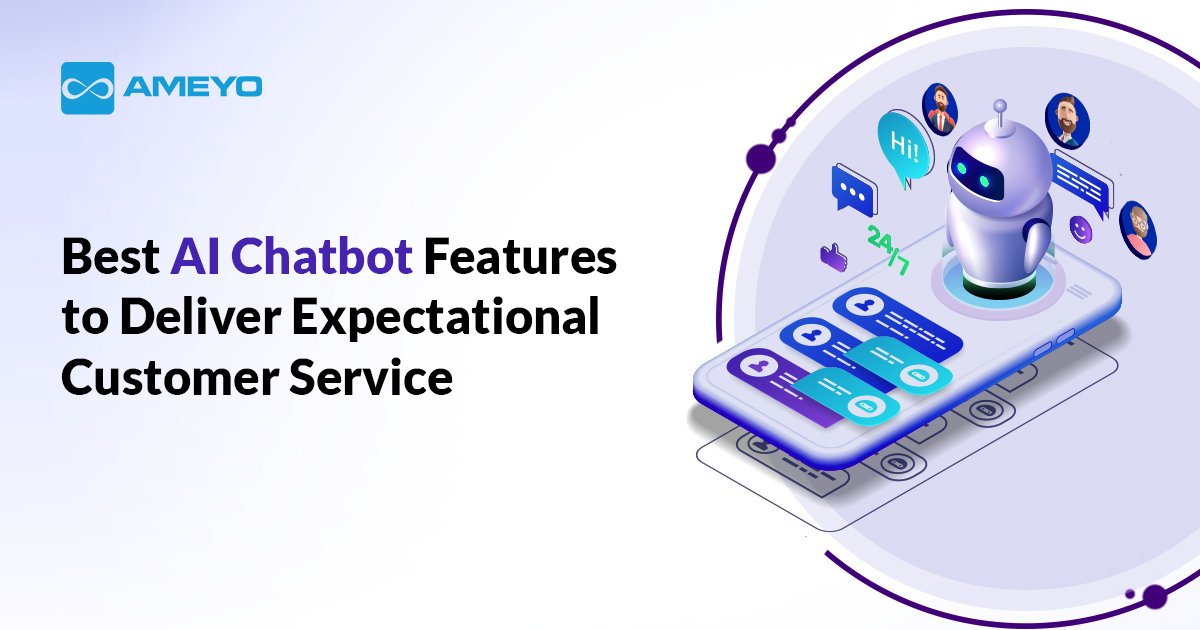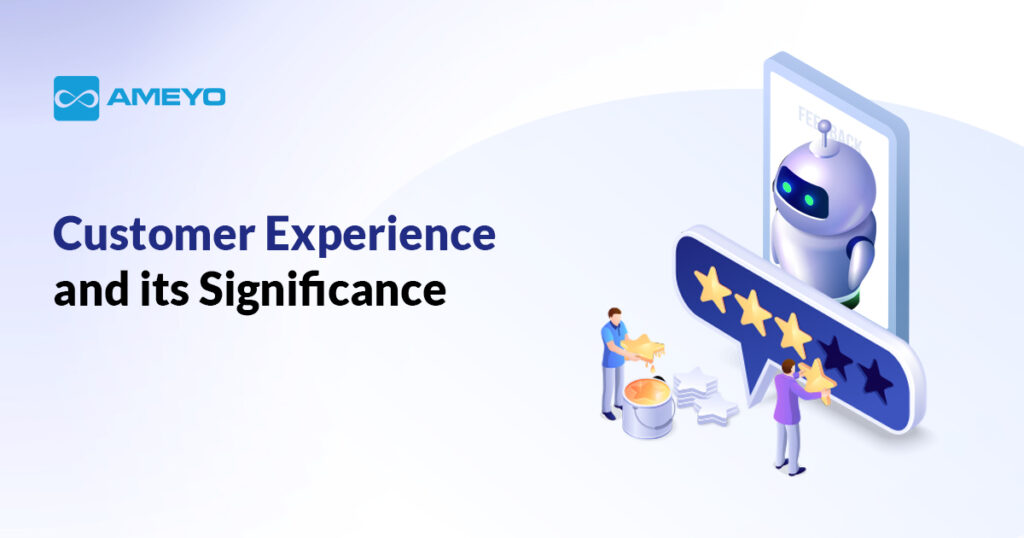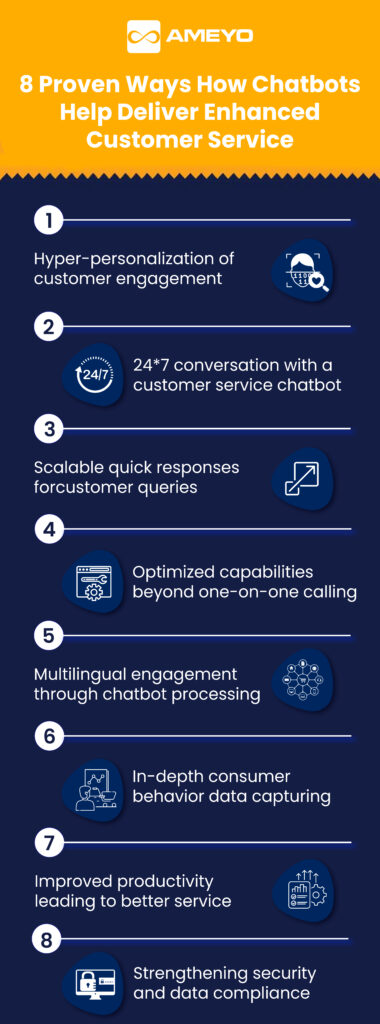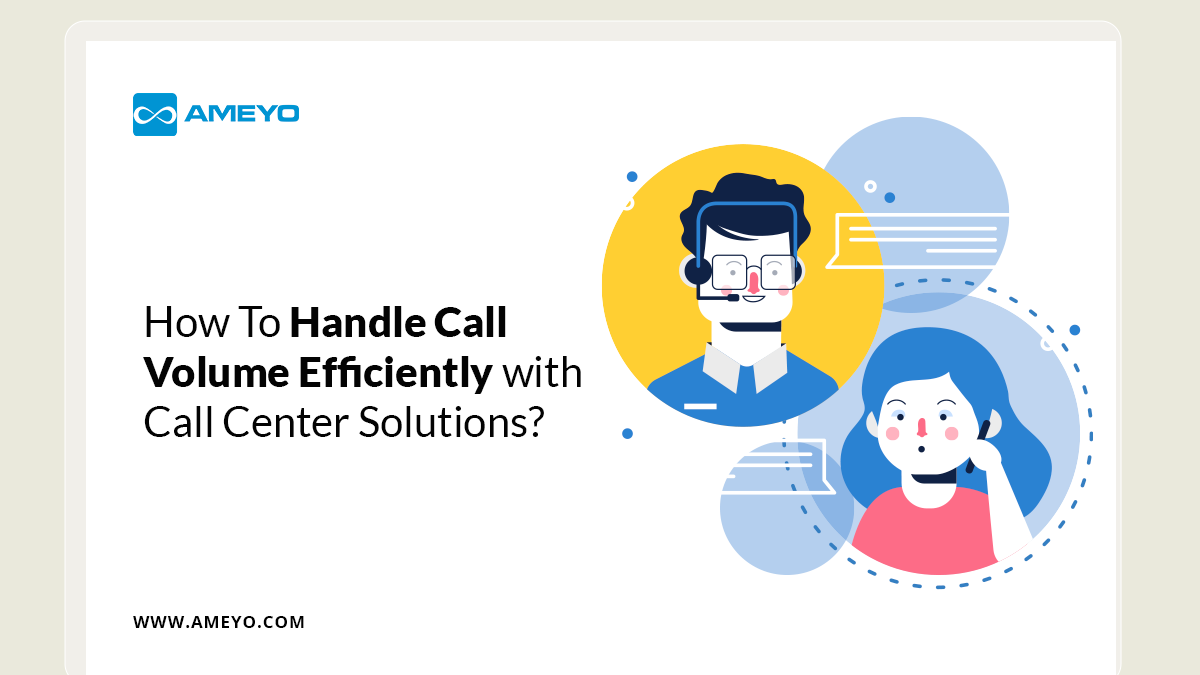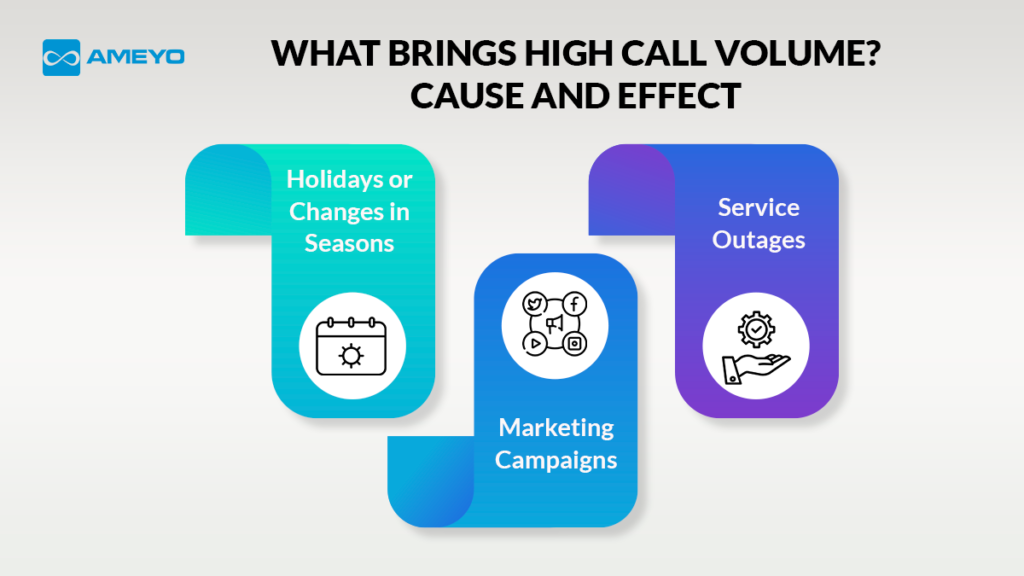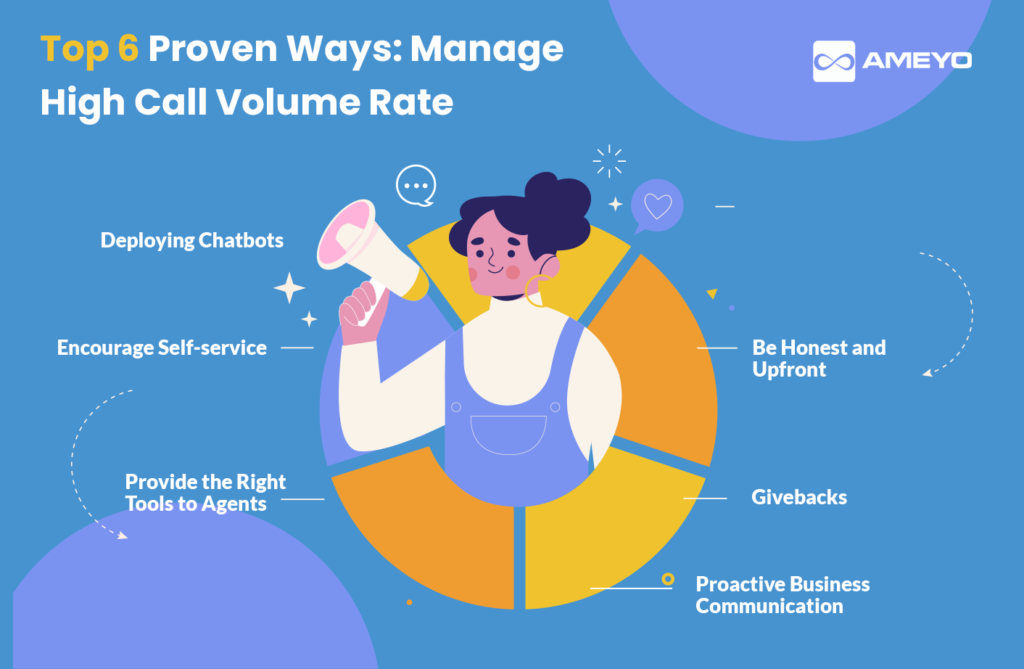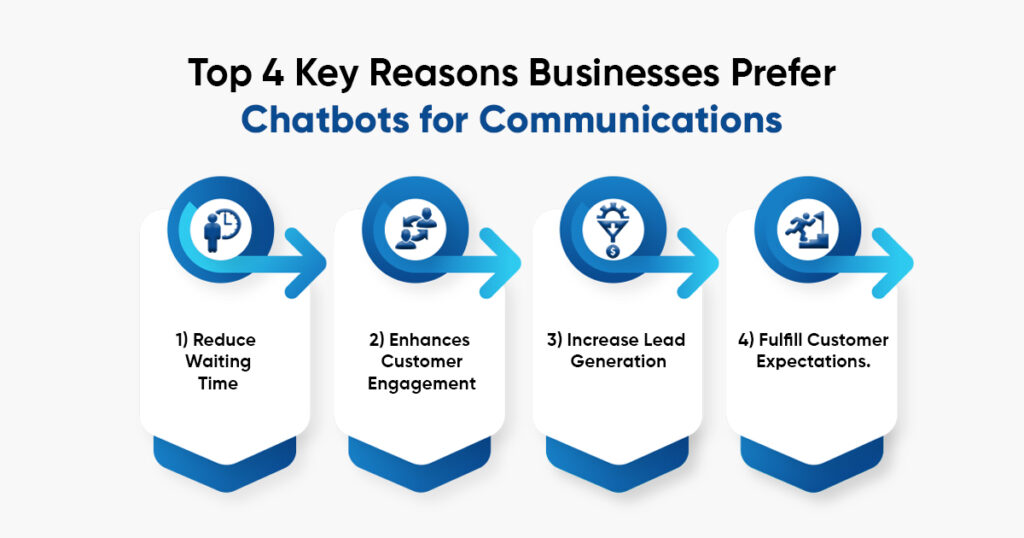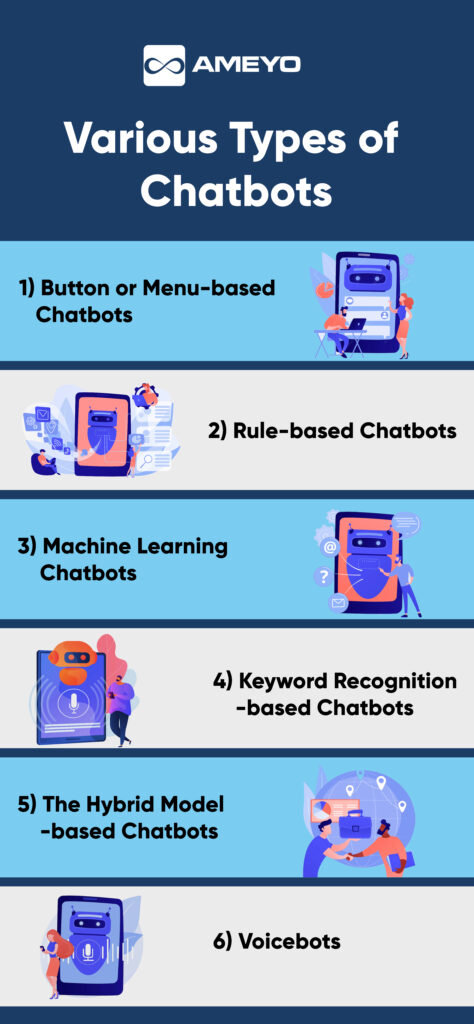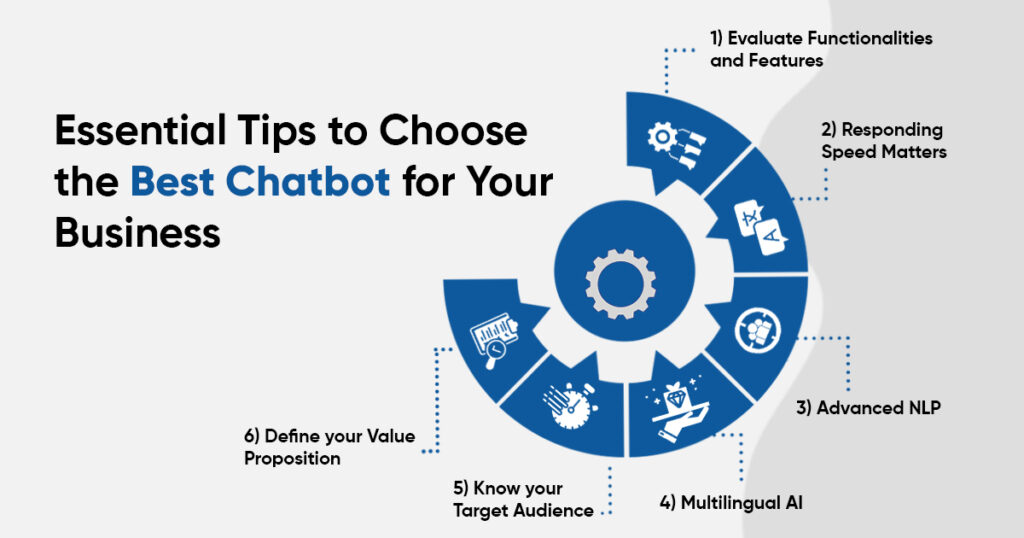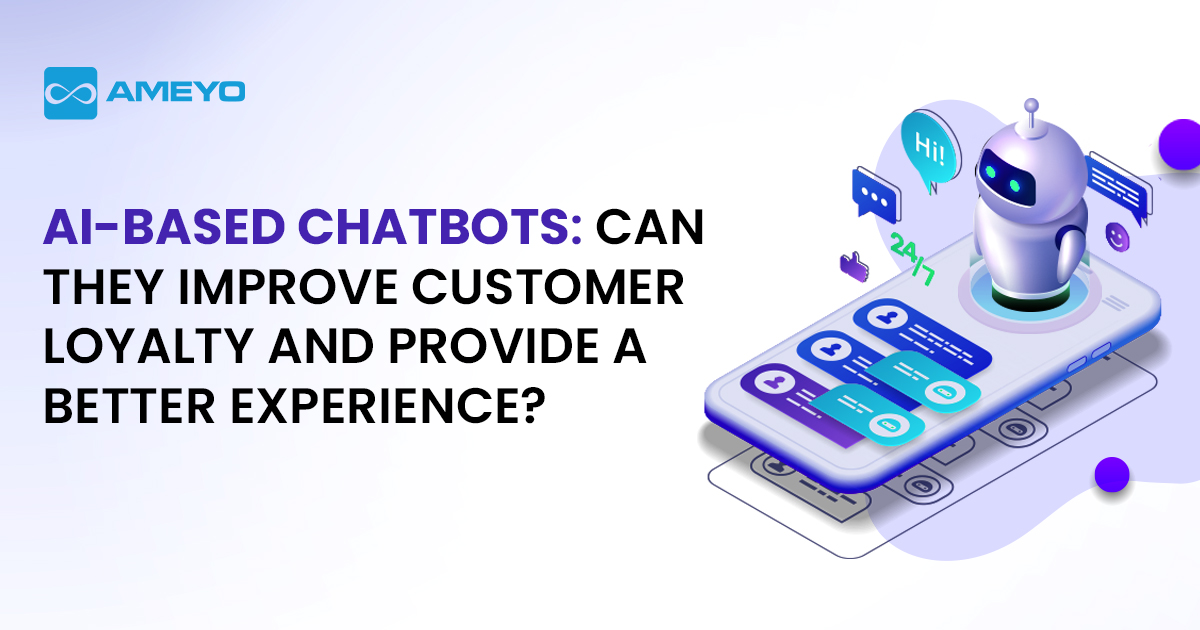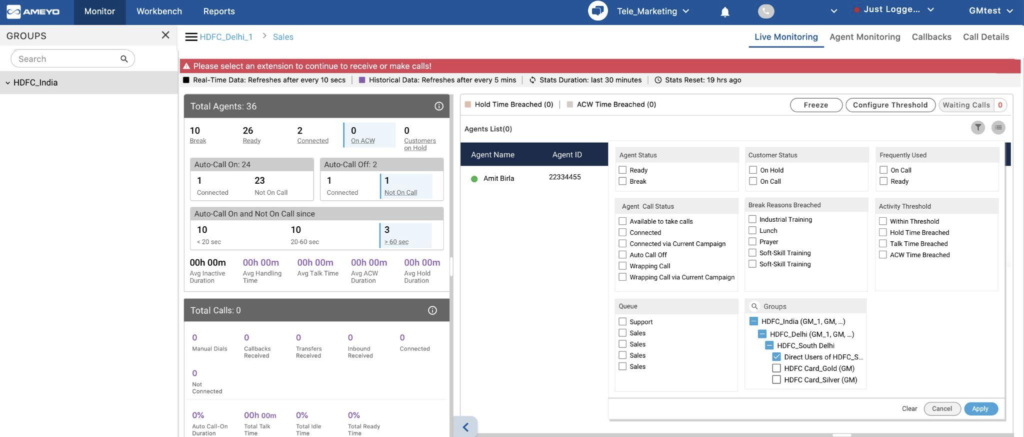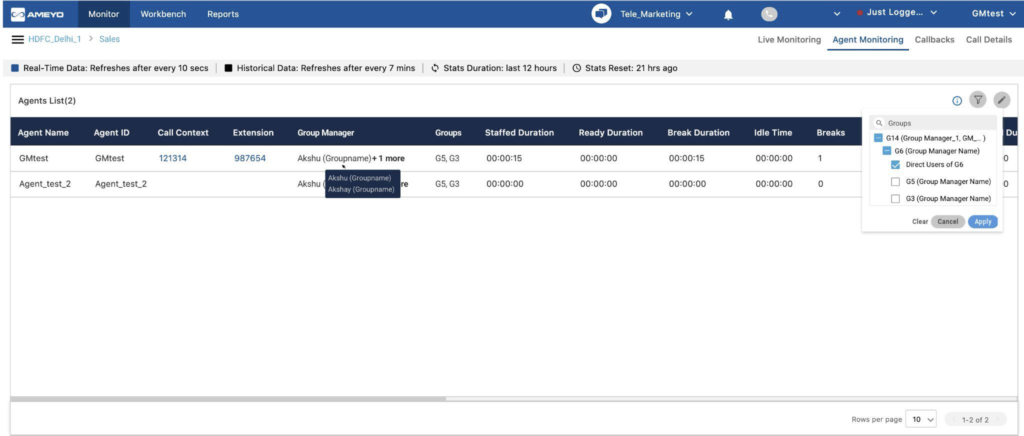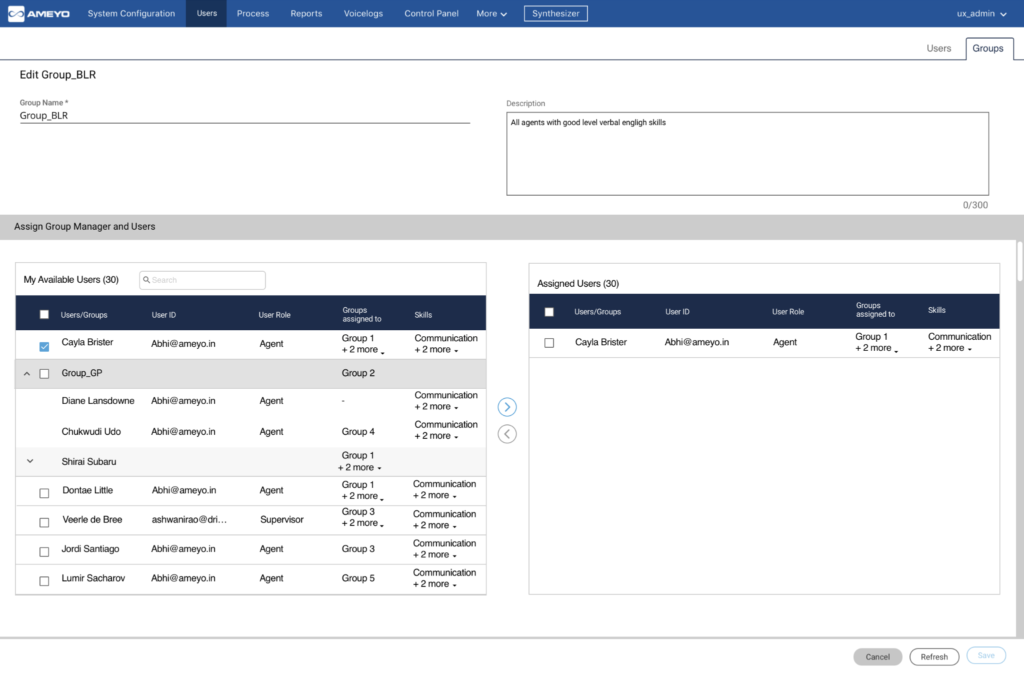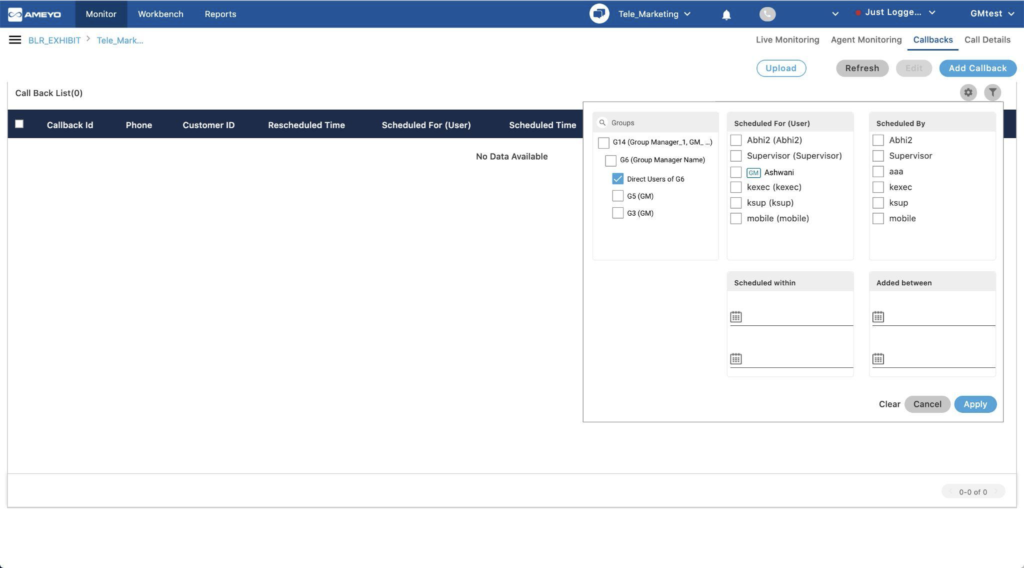An Autodialer goes precisely by its name, software that gathers a list of phone numbers from a database and automatically dials them. If the call reaches a busy line, fax machine, or voicemail, it ends the call and heads to get the following number on the list.
Once the call is answered, it is immediately transferred to an agent. This software is also proficient in gathering several data bits that are beneficial for agents, like how long each call lasted and which the recipient answered all calls.
Globally, The auto-dialer market is expected to reach nearly $6.6 million by 2026
–GlobeNewswire
The market growth of auto-dialers software is driven by the significant increase in call centers and the improvement in the business’s productivity. Additionally, the demand for auto dialer software is propelling due to automation across several industries, besides a growing demand for cloud-based software to enhance customer relationships and sales.
The main purpose of the auto-dialer is to save the time and energy of agents. As previously mentioned, most of the time and energy of the agents used to get wasted on manually dialing phone numbers and waiting for a response.
So, with an auto-dialer, agents can focus on talking over potential calls instead of listening to busy signals. Moreover, irrespective of business or industry, the agents have several calls to make each day; thus, auto-dialers can help to reduce their idle time besides increasing their productivity tenfold.
These days modern contact centers have cloud-based solutions that work online, so to get an autodialer installed, you need a stable internet connection and a platform subscription.
What is an Autodialer and its Types?
An automatic dialer, also known as an auto-dialer, is software that automatically dials phone numbers to help the agents. Once the recipient answers the call, the auto-dialer connects it to the agent or plays an IVR.
Auto-dialer adds efficiency as it lets agents work on other aspects of the call while dialing phone numbers and screen out voice mails and negative calls such as busy signals and no answers. In addition, auto-dialers are good at managing large outbound campaigns that need more calls.
3Ps of Dialer
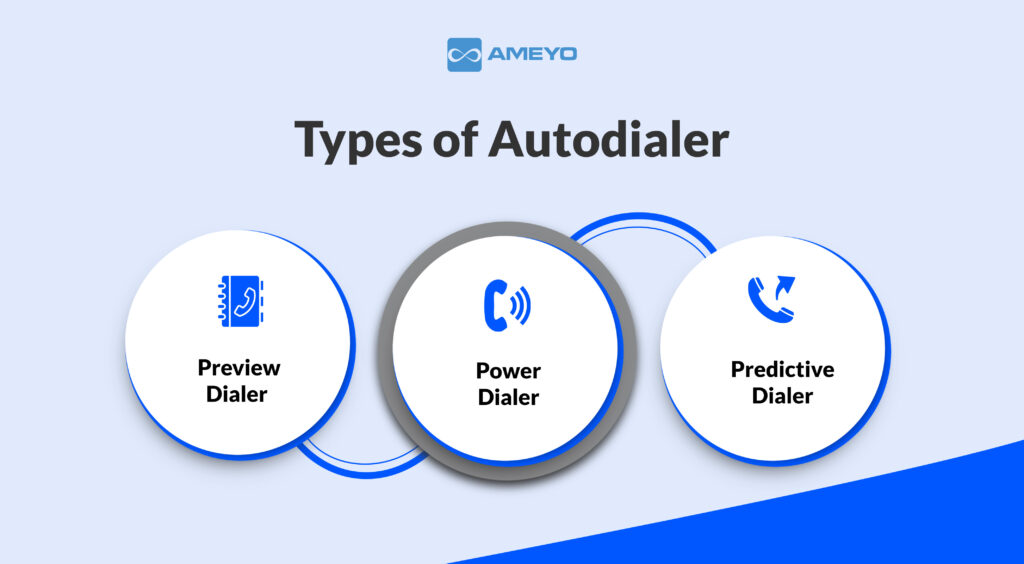
1. Preview Dialer
Preview dialers work somehow like a telephone book. First, the customer list is prepared and shown to the agent, wherein he checks the customer’s information/history prior to making a call. Usually, businesses choose this as the first auto dialer for implementation in their business before moving to a more complex one as it is much better than the existing system of manually dialing the numbers.
It provides a preview of the information regarding the customer to help the agent prepare and doesn’t waste time dialing the number. Once they see the information provided about the customer agent can decide whether to dial or skip the customer.
Using this software help agent get time and information to prepare; thus, they can offer a personalized experience and enhance the success rate.
2. Power Dialer
Sequentially dial the following number once the agent is done with his call power dialers. The agent needs to indicate their availability in this scenario, and the dialer automatically dials the call. It helps the agents to make calls without even dialing numbers manually.
For instance, if a number is unattended, busy, or disconnected, then the power dialers automatically dial the next number. Thus, for agents power dialer saves a lot of time by reducing manual tasks and proportionally increasing productivity.
3. Predictive Dialer
The predictive dialer simultaneously makes multiple outbound calls. And once the customer answers the call, it is connected to the next available agent. The most important difference that a predictive dialer has is that it takes several variables into account to predict the availability of the next agent.
The dialer calculates how much time an agent would take for a call. What is the likelihood of a customer answering the call and so on, thus, further placing the call dynamically?
For example, if an agent takes a max of 3 minutes to finish a call, then the dialer would dial in every 4 minutes for that particular agent so that he gets time to complete the call and get prepared for the next call.
This reduces the idle time between calls, especially for call centers having a large number of agents with higher call volumes, thus enhancing agents’ productivity without hampering customer experience.
How does Auto Dialer Software Work?
Setting up a simple auto dialing system won’t cost much, nor is it complicated to install. To create a basic system, you need four things:
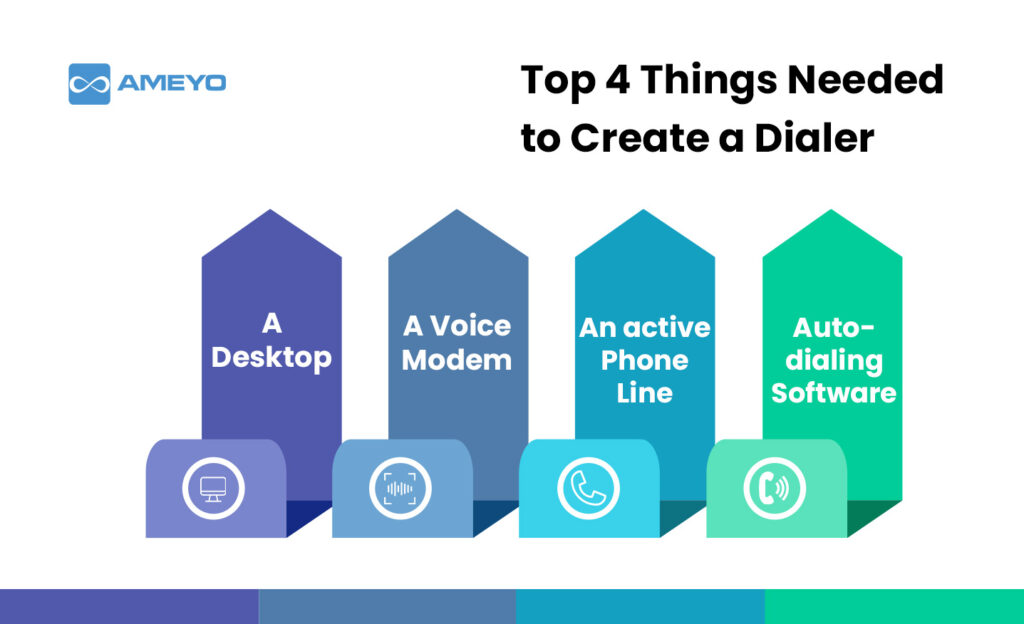
A voice modem is beneficial for recording or playing audio over the phone line. A basic desktop computer can accommodate two or four internal modem cards, and each can be connected to only one phone line. Thus, if you have more modems, the computer can make more phone calls simultaneously.
Suppose you use this auto-dialing software for a call center with several live operators. In that case, every operator will require having their telephone with a headset that should be connected to a dedicated phone line. Auto-dialers can be connected by a regular public switched telephone network (PSTN) or Voice over IP (VoIP).
The most imperative thing about an auto-dialing system is the software. Voice detection technology helps auto-dialing software analyze the difference between a human voice and an answering machine.
So let us discuss here how voice detection works:
- If a call is picked up within four rings or like 25 seconds, then there is an increased chance that an answering machine will answer the call.
- Once the call is answered, the software tries to measure the first spoken words besides waiting for a pause. So initially, if the response is of short words (one to three seconds) then followed by a break, then the call is answered by a human. For instance, if the response comes as “Dr. Simon’s office. Can I help you” then it’s a human answering.
- The software that passes this call is then passed to the operator by the software, or it plays a pre-recorded message.
- During a telemarketing call, the telltale pause that accompanies is the point of time that the software takes to recognize a human voice and pass the call to the available operator.
Improve Agent’s Productivity with Auto Dialers
Auto dialers support the proficient functioning of outbound calls for a call center. Implementing an auto-dialer eliminates the need for an agent to dial every number manually from the contact list.
An auto dialer automatically dials the numbers in an electronic file linked through it. This particular file consists of a list of contact numbers. The auto dialer keeps on dialing the number one after the other without any need for manual dialing. It is also required that call centers maintain this list in their Customer Relationship Management (CRM) tool these days.
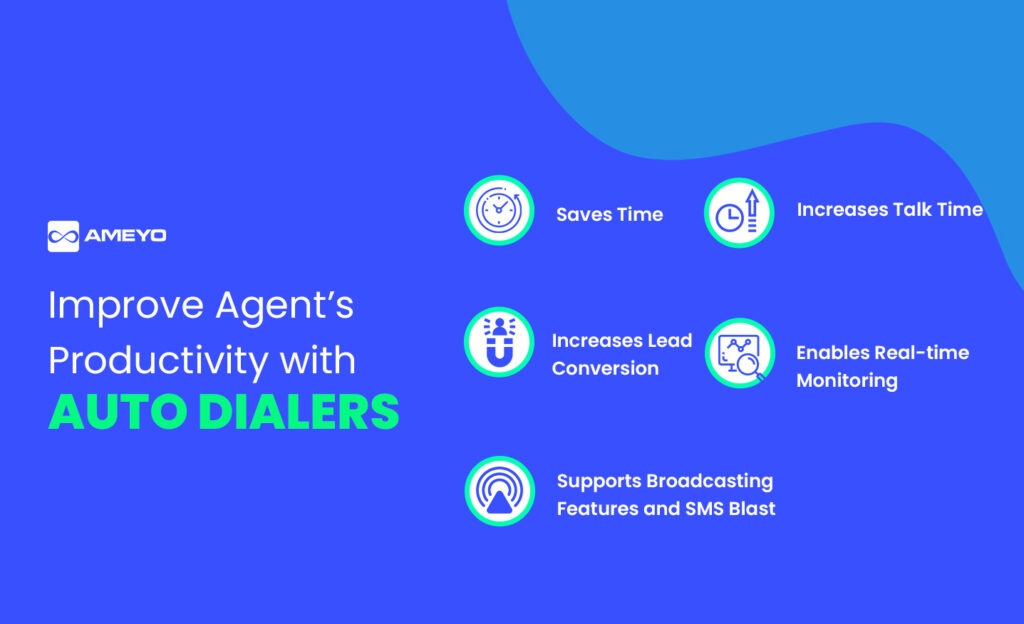
1. Saves Time
The time it takes for a call to get connected to a customer, the ringing time, and the time a customer takes to pick up the call are all significant. An auto dialer connects to a number present in the predefined list, and if the call gets unanswered, it is not passed to the agent. Instead, it picks up the next number on the list and makes a call.
Every minute is essential for contact centers as they are time-bound
Call centers also have numerous agents available to take up the calls. At peak hours, the auto dialers proficiently identify which agent is free and route the call accordingly. Therefore, it is beneficial in reducing the number of missed calls besides the average waiting time.
2. Increases Talk Time
Auto dialers pass the call to the agents only when a customer answers it. This helps to eliminate the waiting time for your agents. In this way, they can utilize this time talking to others which helps to turn leads into customers. Additionally, agents get more time to speak to valuable customers. This enhances productivity and uses their time to maximize business benefits.
3. Supports Broadcasting Features and SMS Blast
Auto dialers can send bulk messages besides broadcasting to the list of contact numbers. All these messages may have service and product information, details regarding promotional offers, and also help in conducting surveys.
To trigger this blast, you don’t need an agent. For this broadcast, you just need to prepare a recorded message and should have a contact list in place and start the broadcast.
4. Improves Lead Generation
Time is very crucial while communicating your brand message. Auto dialers know this very well. Thus, messages are delivered depending on customers’ time zone, working hours, or holidays.
This helps ensure that the messages are delivered to your customers at an appropriate time. In addition, it makes sure that the message is delivered to the customer at the preferred time.
5. Enables Real-time Monitoring
Auto dialers are also helpful in tracking live calls as they are efficient in recording all calls and beneficial for measuring the performance and productivity of the representative. It also helps to identify the areas where improvement is required. Further, these recorded calls are beneficial in identifying grey areas where agents can work toward it to improve them.
These call records also serve as training material for newbies. This helps them understand the nature of the job even before hitting the work floor. Thus, it helps to boost their confidence and productivity once they begin to attend calls.
Wrapping Up..
Undoubtedly, call centers have embraced new technology to enhance their growth. However, the most important feature for the success of a call center is to reach out to the customers. A good amount of time is required for all the processes thus one should adapt mediums to automate all the processes.
Auto dialers help automate the dialing process without even needing an agent. Auto-dialers have several advantages like saving time, providing better conversion, and real-time monitoring of customer calls. Thus, you can opt for auto-dialers and let them be automated and smooth to make your business more successful.
